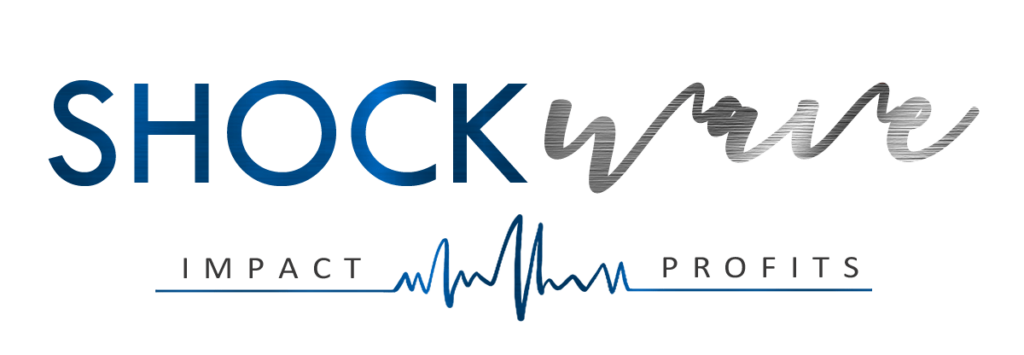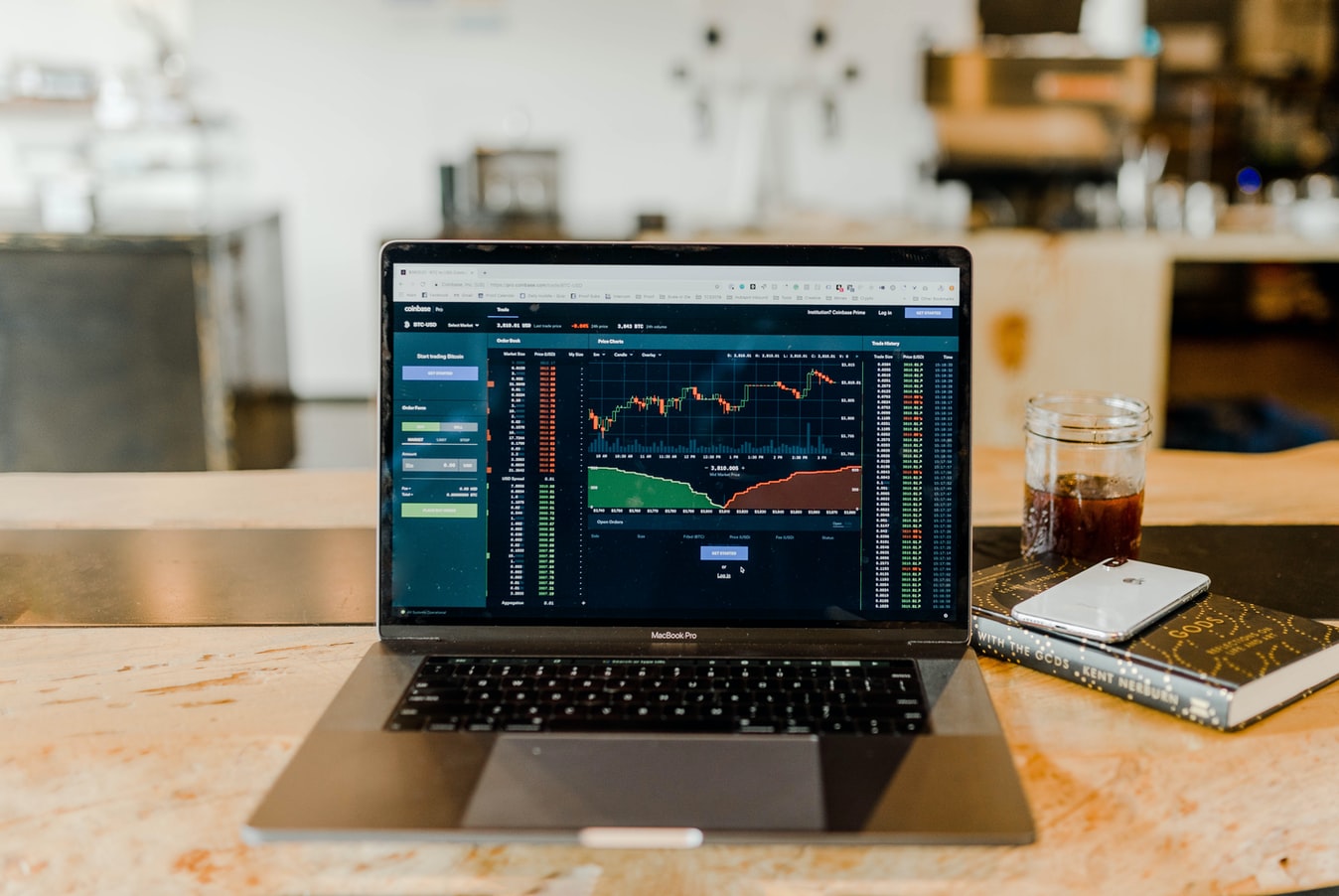Understanding the Impact of Covid on Digital Marketing
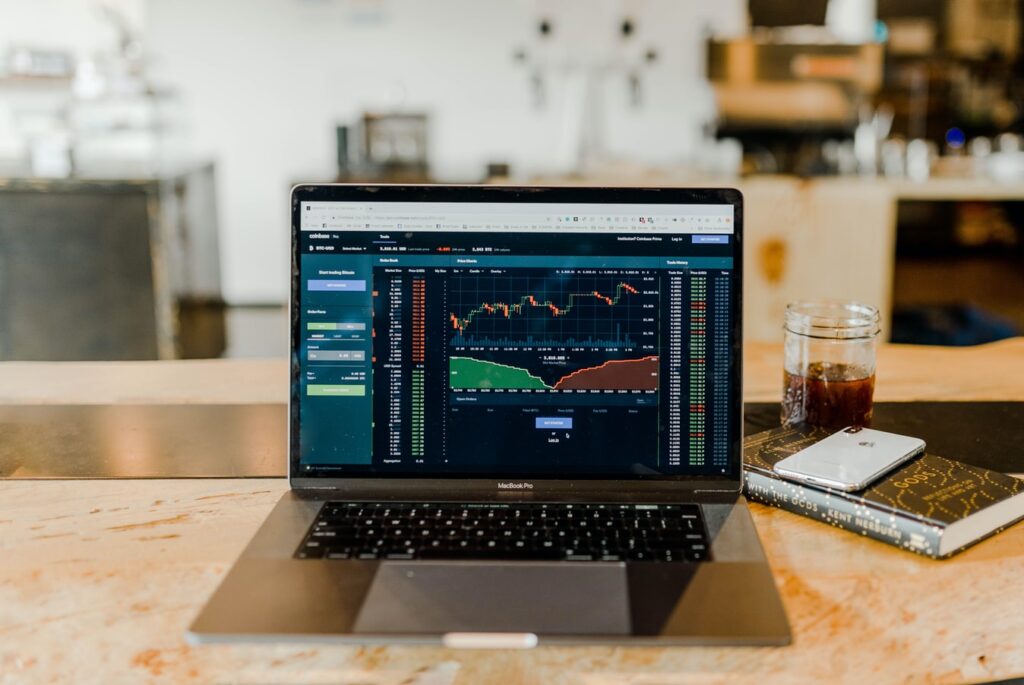
As the cliche goes, these are uncertain times. Along with the impact on day-to-day life, there’s still a great deal to understand about how the COVID pandemic has and will affect businesses of every kind, even several months in.
Digital marketing is, on many levels, an industry built around the ability to see results quickly. From real-time analytics to direct A/B testing, practically every tool for digital marketing is made to enable quick, effective responses when necessary.
Thus, it may not be surprising that digital marketing was one of the first industry sectors to record a major impact as the COVID pandemic escalated. Back in March, Wordstream reported an incredible 21% drop in conversion rates across PPC, with customers far more reluctant to buy than usual.
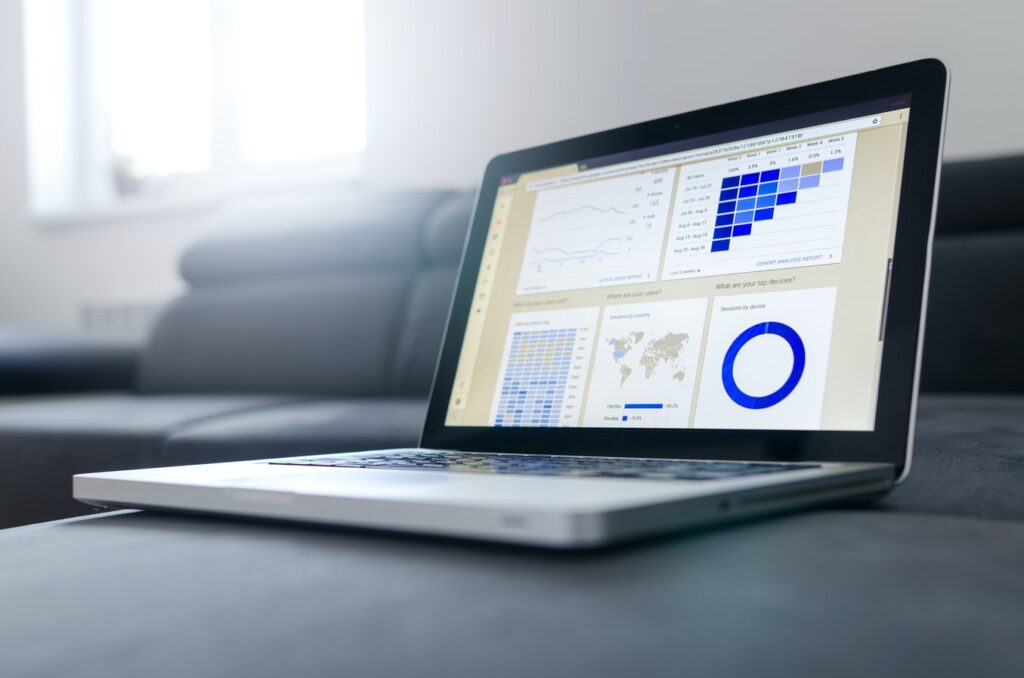
Likely as a result of this conversion rate collapse, agencies and businesses drastically pulled back ad spending. While estimates vary somewhat, there’s one particularly clear sign of how dramatic this drop was: Google’s launch of ad credits for SMEs.
Rolling out in June, this program saw Google offer SMEs an incredible $340 million in ad credit, aiming to reignite spending across their platform. One of the biggest advertising incentives of all time, the program offered eligible businesses up to $1,000 each.
It’s worth being a little skeptical here. While the program certainly benefited many SMEs, Google likely managed to recapture a significant chunk of that credit. Ad spend didn’t just decrease because of smaller budgets – less competition led to a substantial reduction in CPC, with Google earning less and less per click.
This action certainly isn’t necessarily a negative – without competition from SMEs, big businesses have been able to control even more of the digital marketing space, while potentially paying lower CPAs than ever. In other words, if you’ve received ad credit, don’t be afraid to use it – there’s a real opportunity for success out there.
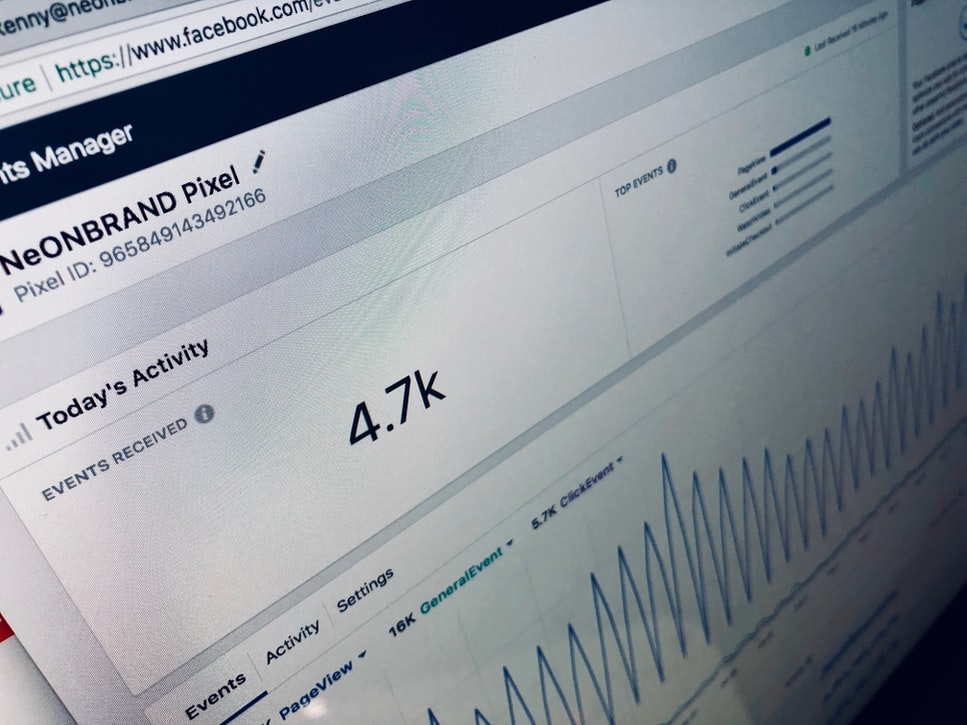
With many digital agencies charging based on ad spend, and others competing with in-house marketing, the industry has experienced real problems over the last few months. A worldwide survey from MarketingWeek found that a full 66% of digital marketing agencies saw revenue drop during the pandemic, with a little under half noting that their leads had decreased.
Before concluding, it’s worth considering some of the more unusual effects of COVID. With work from home at an all-time high, standard search times have hugely shifted, with late-night searches becoming far more common, and searches from 9-5 trending down.
With hourly bid adjustments making up a significant part of PPC optimization, this shift has caused severe issues for agencies who haven’t updated their bid adjustments. Similarly, demographics have shifted heavily in many fields. If you’re still basing your bid adjustments on pre-COVID analysis, it’s likely worth reviewing the data – you may be surprised by what you see.
Although the situation’s changed significantly since March, there’s certainly no indication of performance returning to a pre-pandemic normal, even as the market continues to shift more and more towards digital.
That said, the industry has recovered much more than other sectors have, with budgets and conversions crawling back up internationally. There are some real opportunities out there for digital marketers, but many of them require rethinking your assumptions about the market.
Author: Richard Parkin
